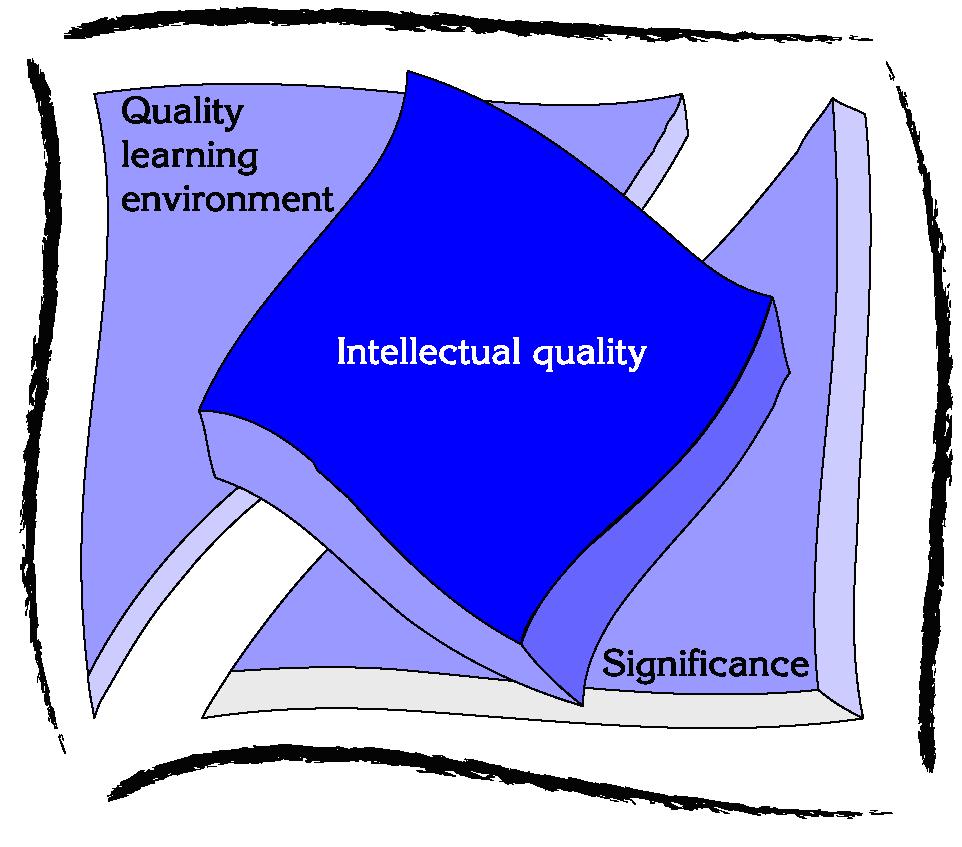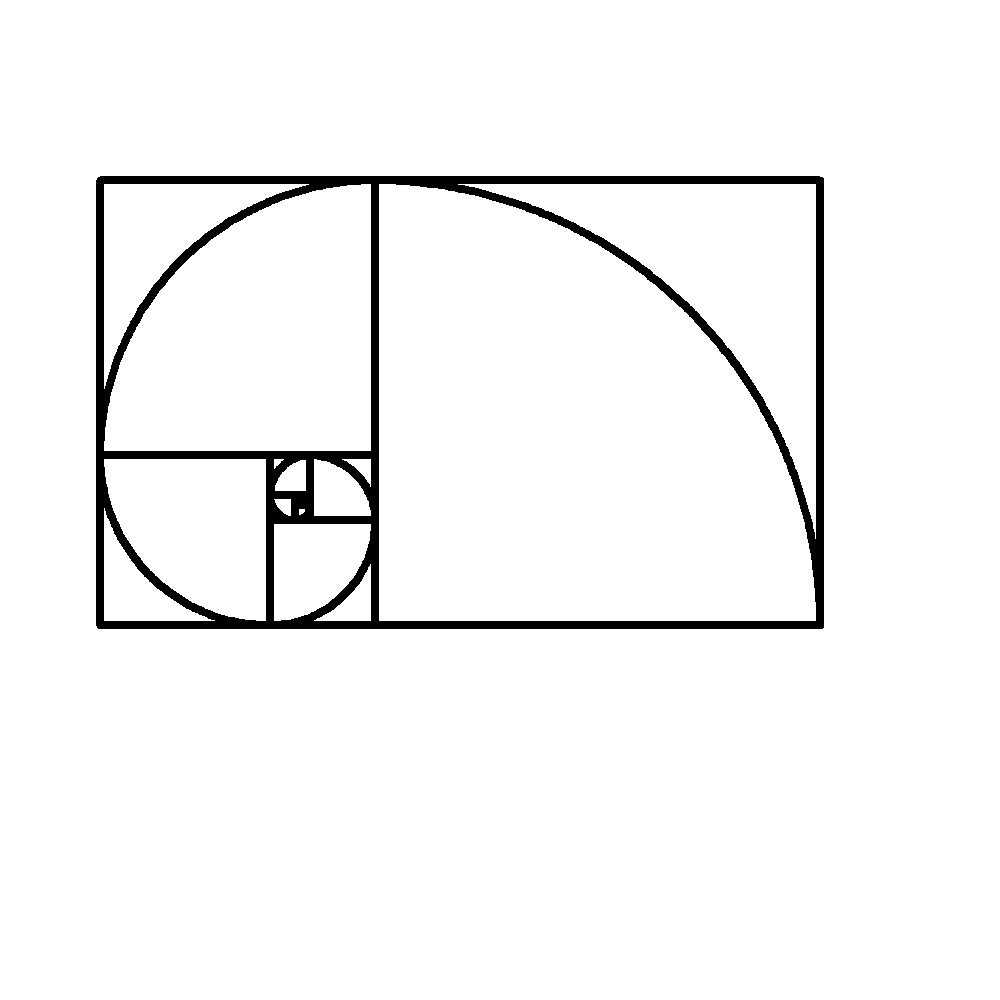Mathematics Education (Signadou)
Teaching with Learning Objects:
Learning Objects from Another Perspective
In attempting to identify the origin of my unease, I looked away from the formal Learning Objects produced by the Le@rning Federation and considered other forms already in existence. There is a danger, of course, that almost anything could be termed a "learning object" and the tag could become meaningless. I was careful, then to limit my consideration to digital (computer-based) scenarios which fulfil a particular learning objective in a rich and integrated way. I did not have to look very far.
Some very compelling software learning experiences have been developed at the University of Wollongong in recent years (and the focus there remains firmly on such development). Investigating Lake Iluka (and Exploring the Nardoo) remain excellent examples of an integration of technology with real-world experiences. The computer-based scenario links explicitly with carefully-crafted practical engagement on several levels. I realised that one part of my unease arose from the tendency of many of the Objects to engage the students entirely within the computer microworld, without the need to engage actively with the real world.
Investigating Lake Iluka [Interactive Multimedia Unit, University of Wollongong, 1993]The concept of microworld took me back to perhaps the first (and possibly still the most potentially powerful) Learning Object: the LOGO microworld created by Seymour Papert (Papert, 1980). A significant part of the success of this learning object remains the links it offers between technology and physical involvement of the learner.
LOGO, the original Learning Object [Papert, 1980]The same links are now available in another learning object, freely available for mathematics teaching and learning: the SimCalc MathWorlds project, directed by Jim Kaput from the University of Massachusetts (Kaput, 2003). This project sets as a major goal the "democritising of education" and is based upon two powerful premises: that mathematics should be about something and that the "big ideas" of mathematics can be made accessible from an early age through appropriate use of technology and physical involvement! Students learning in such an environment physically manipulate graphs to control the movement of animated actors, but can themselves enter the action using calculator-based motion detectors. Further, the software may now be used collaboratively across a group or class of students through a wireless classroom network system. Students may create their own motions in response to tasks and ideas set by teacher or other students, then share these motions with their peers, building entire classroom animated "marching bands" and class races, all linked to the "big ideas" of graphical representation, calculus and functions.
SimCalc MathWorlds

Room 206 Phone 02 62091142








 Stephen Mark
ARNOLD
Stephen Mark
ARNOLD